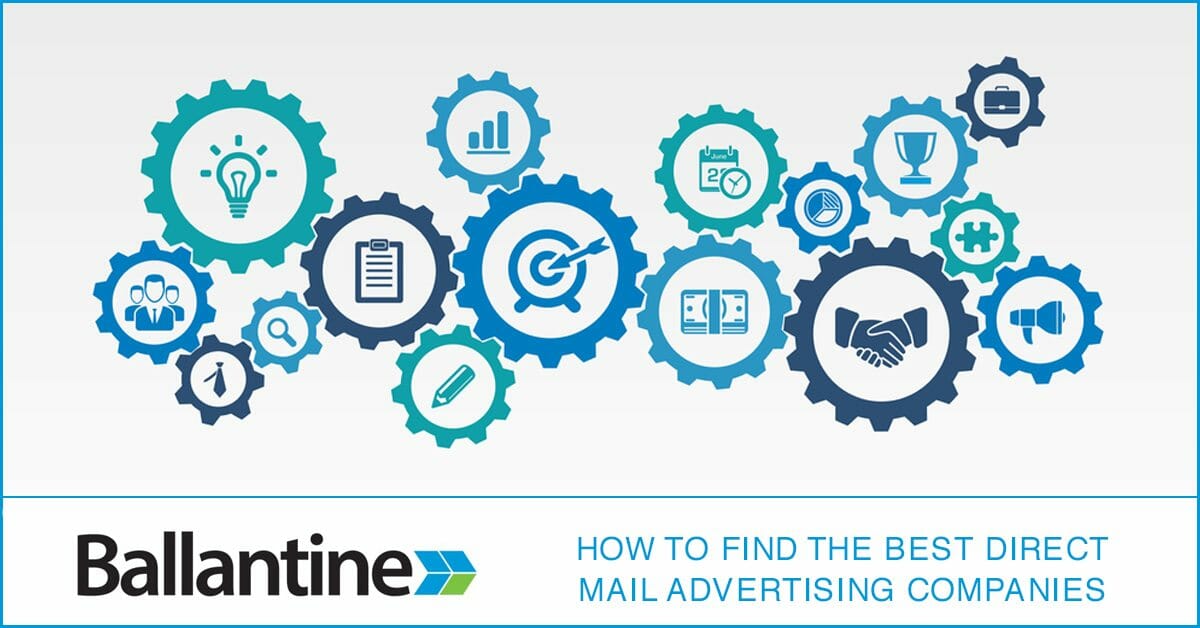A potential customer visits your website, looks around at a few pages and then leaves without making a purchase or reaching out to you for additional information. This could be due to a time constraint that you are unaware of, or it could be due to a lack of interest in what you have to offer. Whatever the reason may be, the end result is that you just lost a sale.
You need to create a marketing campaign that catches the eye and brings visitors back to your virtual storefront. Hopefully, this time, the potential customer will make a purchase. To contribute to making this happen, you need to create a retargeting advertising campaign.
How to Retarget
Retargeting advertising refers to the generation of a series of advertisements and placing them in front of visitors who left your website without taking further action. A JavaScript code tag goes into the footer of your website. It tracks each visitor that comes to your page. This code generates a list of these visitors by placing anonymous ‘cookies’ in their browser. These cookies generate your retargeting advertisements and have them appear on future websites that the potential customers visit. By running a retargeting advertising campaign, you are working to keep your brand fresh in the mind of your target market audience. These advertisements work to bring potential customers back to your website and turn them from window shoppers into regular customers.
Best Practices
Two best practices you can put in place when running a retargeting advertising campaign are:
- Segmentation
- Conducting A/B Tests
Segmentation works to divide your website’s visitors into groups that are dependent upon their actions on your website. This information lets you create advertisements directly related to where their point of interest was when they left your website.
Here is an example of segmentation:
A website visitor views your services page and then your service pricing page. Both pages feature a ‘contact us for more information’ button that makes it easy for potential customers to reach out to you with any questions they may have. Without taking advantage of this feature, the potential customer leaves your website.
You need to consider the fact that price may have been a deciding factor in their decision to leave your website. You can take all of this information and create retargeting advertisements that offer a free consultation on your service or gives 10 percent off of a product of their choice. This simple practice of using segmentation to create your advertisements may result in a future sale in the event that the target customer comes back to your website and makes a purchase the second time around.
Another beneficial practice of retargeting advertising is conducting A/B tests. The goal here is to determine how well a current advertising campaign is working at redirecting potential customers back to your website. By conducting these tests, you can identify what is making the campaign successful and what is not working at all. A common A/B experiment is testing a variety of different-sized advertisements until you find one that results in customers coming back to your website and making a purchase or converting into a lead. For example, testing a 300×250 sized banner versus 160×600.
Tips
There are a few tips that can help you maximize the potential of your retargeting advertising campaign.
Rotate Ad Selection
You need to rotate the advertisement selection that goes before your target market audience. Seeing the same advertisement over and over again will become a huge turn-off to potential customers. Instead of coming back to your website, they will turn to your competition instead.
Utilize Burn Pixels
A burn pixel is a code that displays on the ‘post transaction’ page, indicating that contact with a customer should end at a specific time. Use this method if you offer a one-time-only purchase product or if there is no further need to reach out to that potential customer.
Leverage Frequency Caps
Frequency caps place a fixed limit on how often your retargeting advertisements appear in front of your target market audience. How you use these caps depends on the objective you want to achieve with advertisement and what stage in the buying process a target customer is in. An ideal limit is 17 to 20 advertisements per month.
Thank you for reading our blog. If you would like to learn more, please contact us.
I'm the Director of Digital Services and Partner at Ballantine, a family-owned and operated direct mail & digital marketing company based in New Jersey. and started in 1966 by my great uncle!





